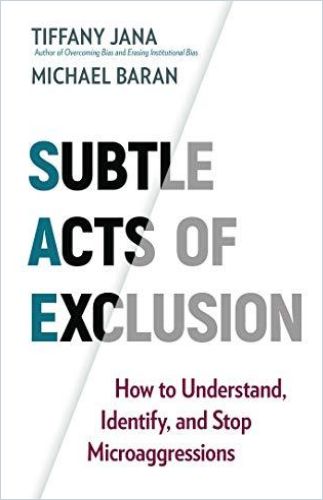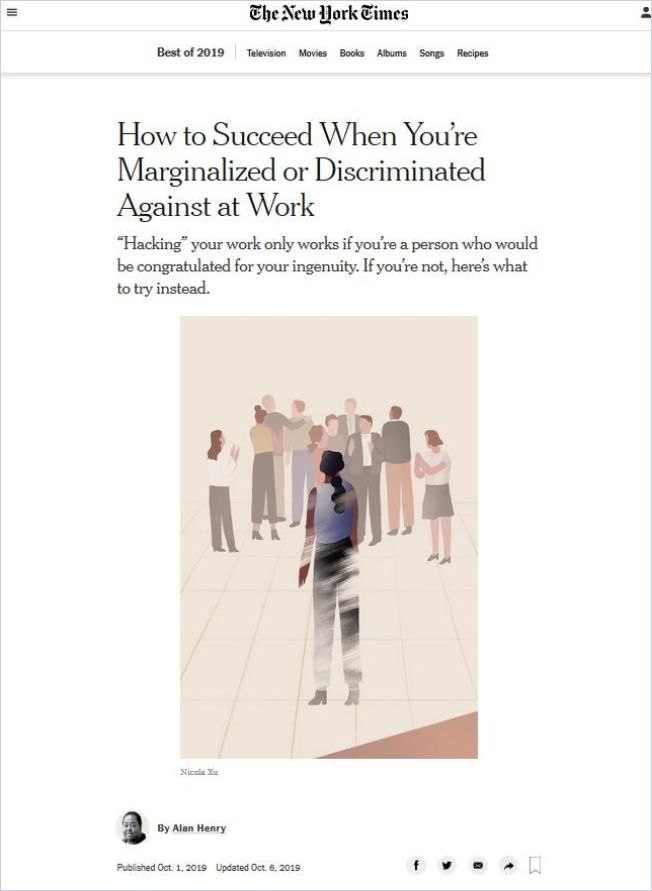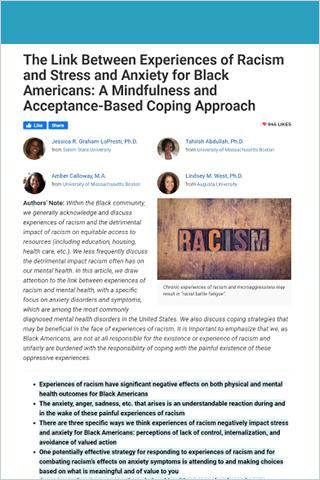“Bullying Destroys Trust”

Workplace bullying refers to a pattern of targeted intimidating, humiliating, sabotaging or undermining behaviors at work.
Bullying behaviors can include practical jokes, misinformation, denials of requests, threats, spreading rumors, excess monitoring, unjustified negative reviews, undue or nonconstructive criticism, and other harsh, unjust, or demeaning actions.
At first, the behaviors might seem subtle, such as too much or too little guidance or monitoring of tasks, unfair criticism, or social exclusion. When these behaviors persist and increase, however, they become bullying.
“Since bullying is often verbal or psychological in nature, it may not always be visible to others,” explains Healthline reporter Crystal Raypole in an informative article:
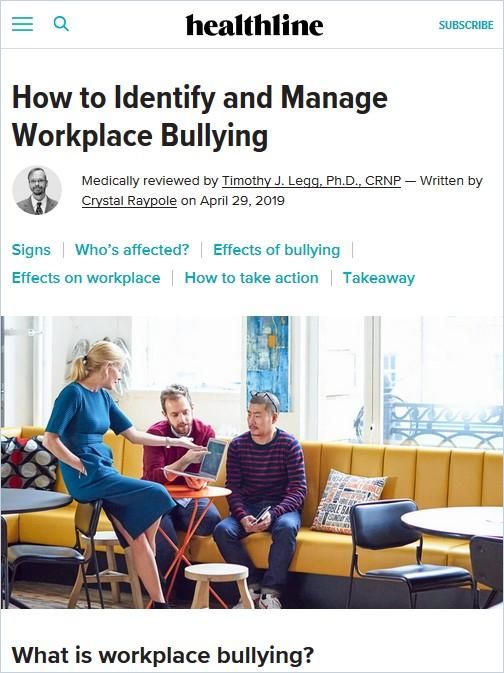
Bullies come in many guises. In their manual, The Bully-Proof Workplace, Peter. J. Dean and Molly D. Shepard distinguish between four different types of bullies:
- “Beliers” defame and mislead others by exploiting untruths and false stories.
- “Blockers” bully obsessively. They create inflexible rules they want others to follow.
- “Braggarts” love themselves excessively and seek to stay in the spotlight.
- “Brutes” become violently angry if called to account.
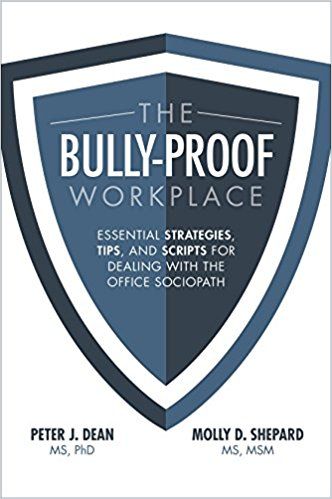
Bullies are adept at masking their behavior. That’s why bullies are often identified indirectly, through the bullied victim.
In a discussion with getAbstract, Peter J. Dean, the co-author of The Bully-Proof Workplace, suggests looking to the behavioral consequence of the employee being bullied: “The consequence is non-inspired behavior that is based in fear, shame or sadness.” He goes on: “People who are bullied feel they do not quite measure up, not because they don’t measure up, but because someone is on their back all the time.”
Below, we will share key portions of the talk, together with additional resources on the topics discussed:
How Can I Know if I Am Being Bullied?
Dean: “Do you feel inspired or defeated after an interaction with your boss? Do you feel uplifted or demeaned? Do you really want to do the best job you can or will you just get by after the interaction? Do you feel empowered or powerless? Ask these questions and the answers should give you your answers.”
Bullying targets typically travel through a roller coaster of emotional ups and downs. In The Bully at Work, Gary and Ruth Namie help you recognize the emotional cues that accompany the experience. By gaining a deeper understanding of your mood cycles, the authors explain, you will be better able to know when the time is right to speak up or confront the bully directly:
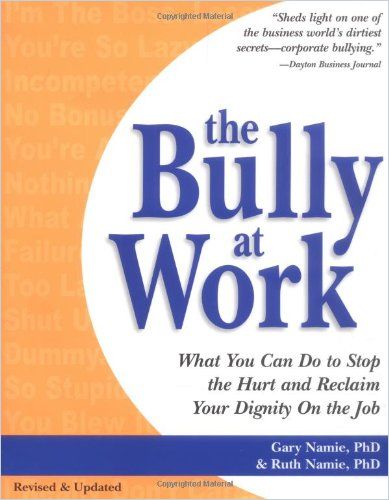
What Should I Do If I Am Bullied at Work?
Dean: “First, document the incidents in three parts – the situation, the behavior and the consequence. Collect five to 10 incidents. Read them over several times to determine the type of bully you are dealing with. Brute is usually a loud-mouth screamer who is negative and has picked you as a target for some reason. Braggart is consumed with how he feels and thinks but has limited ability to empathize with others. The Braggart will take all the energy and oxygen out of the room. A Blocker is an introverted type of bully who prevents you from getting credit or recognition for your work. The Belier works behind the scenes lying and gossiping and will set one up for failure. Once you have a pretty good idea what type of bully you are dealing with, then move to step two: Follow the directions in the book on how to approach and confront the bully. There are also lessons in the book to show bystanders they must stand up to bullying. We ask them to get involved to stop the bullying.”
In Negotiation with a Bully, consultant Greg Williams lays out how you can take confronting a bully into your own hands. He takes you through the steps of preparing for the confrontation through role-playing and defining “exit points” before the negotiation. He also explains how to use body language effectively in negotiations with bullies:
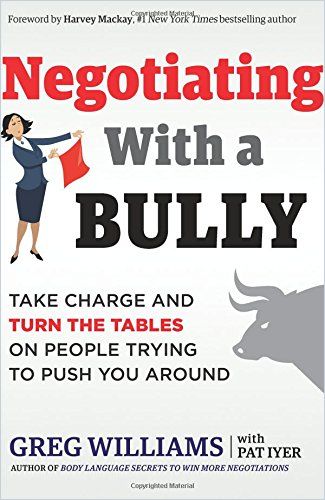
What Can Managers Do to Prevent Workplace Bullying?
Dean: “One thing HR can do is to ask the people leaving the company if they’ve been bullied and by whom. Also, companies should use survey questions as shown in the book. The best way to deal with bullying is to start at the top and have the CEO require a policy statement about bullying for all existing employees and new employees. We provide an example of a policy statement in the book, as well as the tenets every company should apply. The policy statement should be reinforced.”
In Survive Bullying at Work, British career coach Lorenza Clifford outlines additional best practices for frontline managers. Most importantly, she advises managers to take every bullying complaint seriously – even if the victim has flaws. Early and decisive action is key, as bullying can dampen the morale of the entire team:
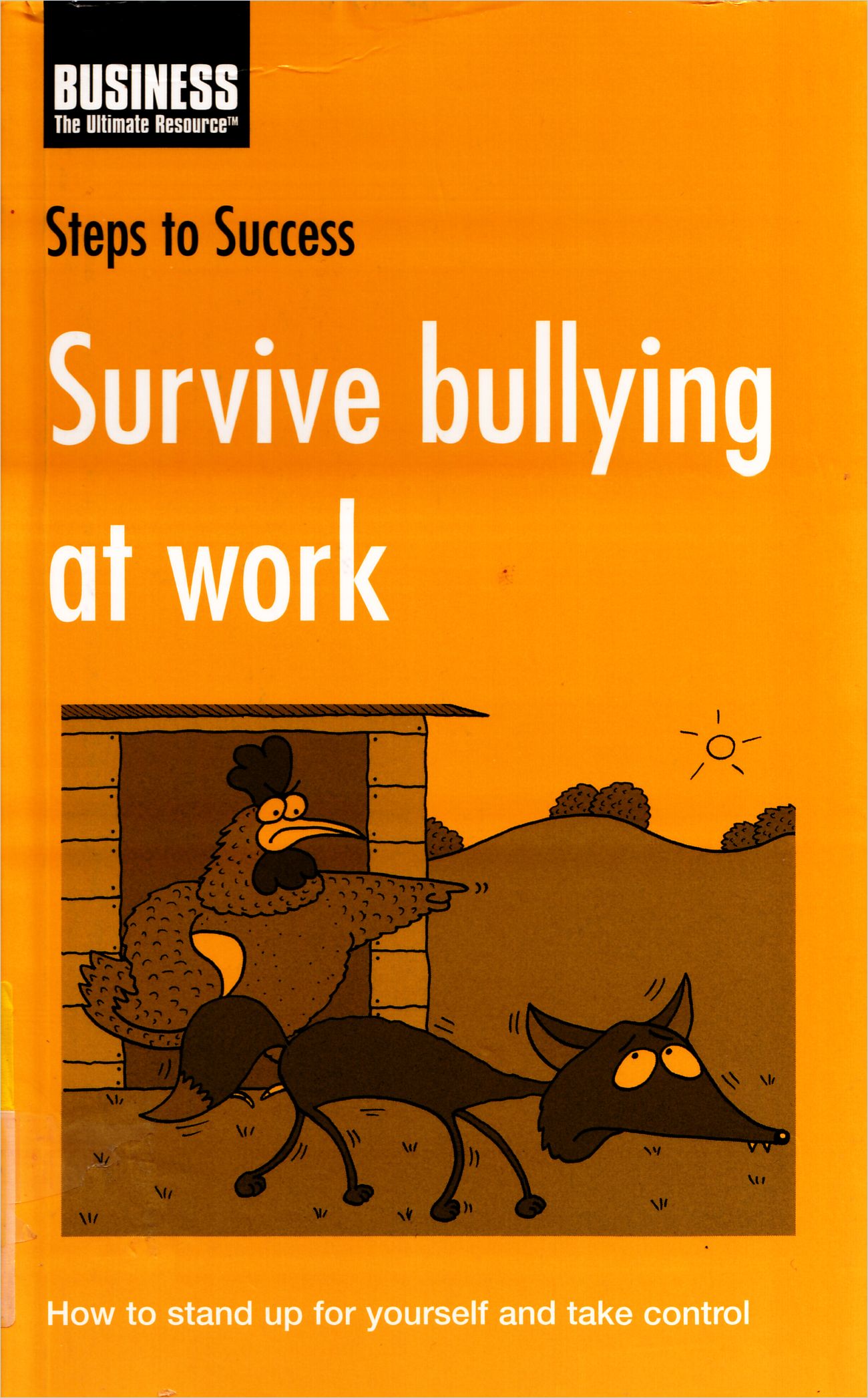
What if My Highest-Performing Employee Is a Bully?
Dean: “The workplace is for task accomplishment and productive and trusting interaction among humans at work. Bullying destroys trust and a lack of trust in an organization limits productivity. The culture of the company is as important to productivity as is high individual achievement. If you hire good people and put them in a bad environment that is influenced by the negativity of bullies, the environment will win out and the company will lose good talent.”
In A Great Place to Work, Michael C. Bush outlines how managers can build an inclusive, high-trust culture to boost productivity and innovation. While carrying out a yearly survey to find out what makes employees consider their workplace “great,” Bush stumbled upon something remarkable: The share prices of publicly listed companies that qualified for Bush’s “100 Best” list outperformed stock market indexes by 200% or 300%. Bush’s analysis concludes that factors such as “trust, pride and camaraderie” – which people consider vital for a rewarding work experience – boost business performance more than having a few high achievers on the team:
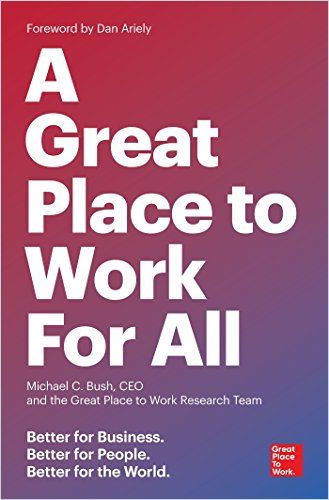
Additional Resources…
Members of ethnic minorities are disproportionately affected by bullying. A work environment that is non-inclusive and quietly tolerates microaggressions against minority employees can encourage bullying behavior. Learn how to contribute to a more inclusive workplace, combat workplace racism and confront your own hidden biases from these four recent Journal posts:
You will find these resources and more in the getAbstract Journal container Educate Yourself.
So when it comes to bullying, adopt a zero-tolerance posture – whether you are a leader, victim or witness. We can all make a contribution to stamping out bullying and creating safe and inclusive workplaces.

